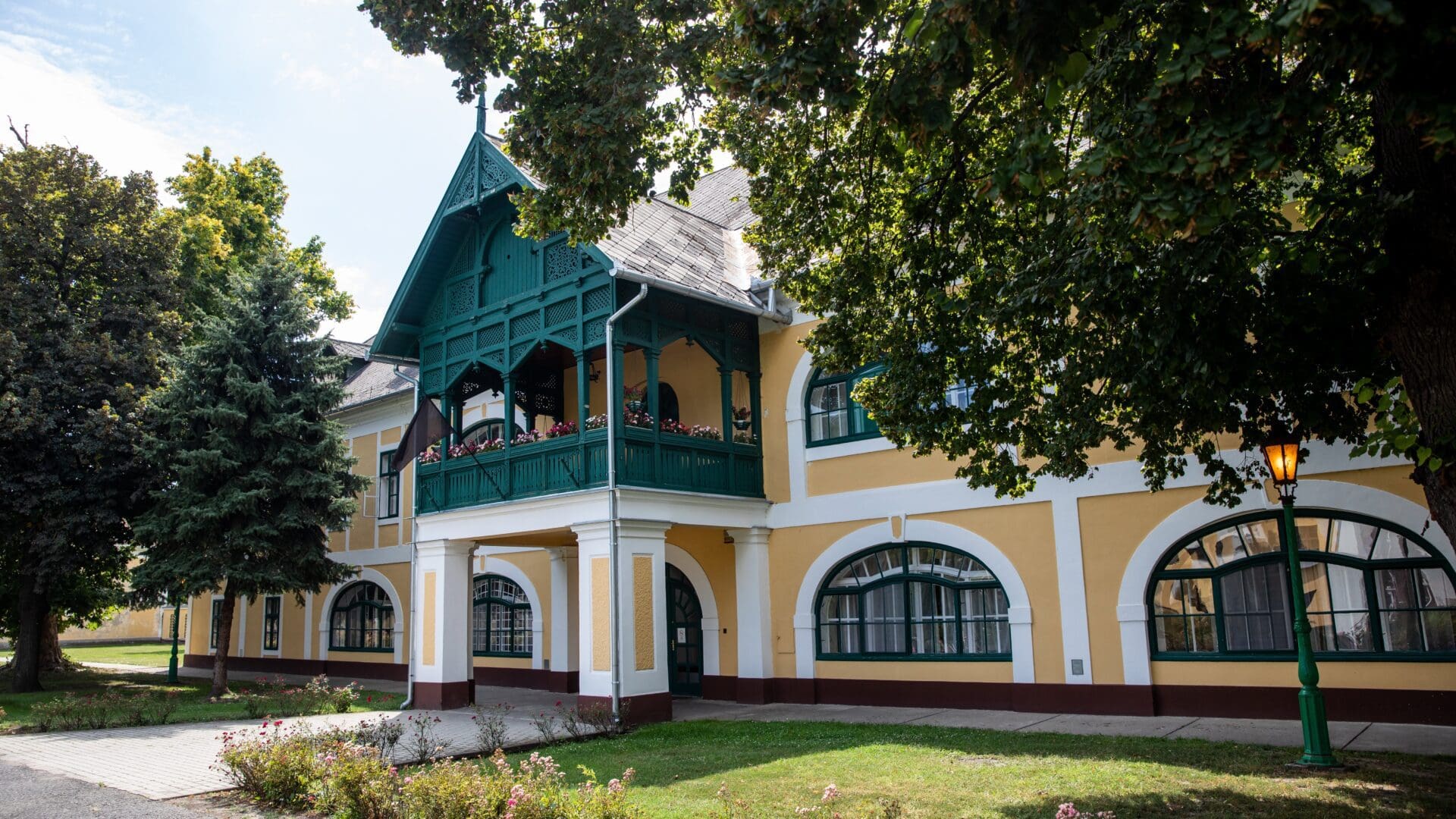Premium category or value-added products can help Hungary stand out in the agricultural sector, making farming attractive to young people as well, Minister of Construction and Transport and Chairman of the Future Generation’s Land Foundation János Lázár stated in a conversation with former President of the Republic János Áder on the latter’s podcast titled Blue Planet (Kék Bolygó). The conversation, which was aired on Monday, was recorded, unconventionally, at the State Stud-Farm Estate of Mezőhegyes.
Mezőhegyes is mostly famous about the unique Hungarian horse breed Nonius, a sturdy but elegant horse that was mostly used by the military in olden days. Two other Hungarian warmbloods, the Gidran and the Furioso, which were also developed at the Mezőhegyes stud-farm in the 19th century, are also bred here.
In the programme, which can be watched on YouTube as well, János Áder, Chairman of the Blue Planet Foundation, discussed with Lázár the progress made at the Mezőhegyes stud-farm, now managed by the Future Generation's Land Foundation, over the past five years. It was highlighted that during the Austro-Hungarian monarchy, the Hungarian Ministry of Agriculture discovered the treasure represented by the fertile soil in this area.
It is the highest-quality arable land in the country, consisting of 10,000 hectares in one piece, with an exceptionally high average soil quality of 45 gold crowns,
while the Hungarian average is 21 gold crowns. The host and his guest recalled the rapid development that took place in Hungary in the second half of the 19th century when the Hungary became the flagship of the food industry in the Austro-Hungarian Monarchy. Intensive agricultural activities began, including the growing of sugar beet and the establishment of a sugar factory, and the production and processing of food raw materials, as János Lázár recalled.
Vlogcast - A mintafarm
No Description
János Áder reminded of the negative impact of the two world wars and socialist collectivisation after WWII. The military leadership of the estate was replaced, and until the 1990s, there was a process where the management of the estate was based not on expertise but on political reliability. A significant turning point in the history of the estate was the year 2016, when, after a previously unsuccessful privatisation attempt, the Hungarian state decided not to auction off the estate but to keep it and try to prove that state ownership can also be operated profitably for the common good, while also having a social function, most importantly that of serving as a model of effectiveness of modern methods for every Hungarian farmer, János Lázár emphasised.
János Lázár highlighted the need to always adapt to the changing environmental conditions. One important factor is the precipitation patterns, which can now be digitally monitored. Through these modern observations, it became evident that important shifts have taken place in the past 20 years. In the last five years, this has also meant a decrease in the quantity of crops. Irregularities and variations in rainfall were already observed before that. There is a lot of debate about what the best method of irrigation is. Criticism has been directed towards the simple procedure of extracting fresh water from rivers, delivering it to the appropriate places, and applying it to the soil from above. This method uses too much water, is not cost-effective, and imposes disproportionately large burdens on the environment. Therefore, it was necessary to find the most efficient irrigation technology. This is now being used on the estate,
resulting in the possibility to irrigate an area twice as large as before, but with 60 per cent less water.
Western technologies are highly advanced in this field, but there is always a Hungarian added value that allows Hungarian professionals to tailor those technologies to the local circumstances.
If the goal is to prioritise food production, tradition alone is not enough; adaptation and modernisation are also necessary, stated János Lázár, to which János Áder added that the number of applicants for the Mezőhegyes Agricultural School has tripled, which proves that young people find this modernised agriculture attractive and see a future in it.
Related articles:








